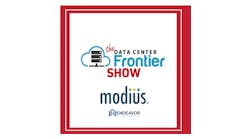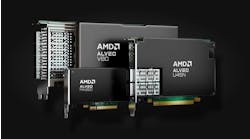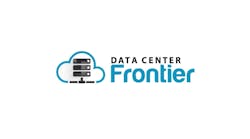Factory Integrated Racks Optimizes Rack-Level Deployments
Cloud technologies have lowered the traditional barriers to entry in deployment for business’ IT environment; if business is a success, a push of a button can spin up a few more instances of back-end applications to handle the latest customer demands. This simple, straightforward process has enabled many smaller businesses to build IT workload environments that in the past would have required significant capital investment. And it is a great way to build your business, right up until you look closely at the bills for your cloud investment.
There is a realization that the right IT solution for your business may require a mix of cloud and on-prem services. Evaluating your workloads will lead you to the conclusion that some subset of what you do is better served by on-prem hardware. This hybrid approach to workload placement will give better performance, more detailed cost control, and a business agility that is focused on delivering services, not solving IT bottlenecks.
Deciding to move business critical services on-prem requires you to really understand your own business processes. It is easy to find information from vendors of specific services who deliver pre-packaged solutions. But to get the greatest value from your hardware investment, it is rare to just adopt someone else’s solution. Some solutions might be the right choice, but adjusting it to fit your specific business needs will often result in a somewhat ad hoc deployment; something that is unable to scale and adapt to the existing infrastructure without significant redesign, or that has a focus narrowed by their pre-configured approach to the problem.
What simplifies and accelerates hardware investment is looking at factory rack integration services for rack-level deployments. The factory integrated rack approach will address the issues IT needs to deal with around a new rack deployment, the most obvious of which is time. While some may view building a rack as a DIY kit approach, designing and building a rack that balances all these complex, interacting elements requires experience and expertise. Trying to optimize after the fact can be a frustrating and often fruitless endeavor.
Using a factory integrated rack approach ensures the rack has the right amount of airflow to dissipate heat and validates hardware for optimum performance. Is also assures that the rack is properly laced and correctly configured to scale workloads, and has the agility and flexibility to expand and pivot for future needs. All of this minimizes workload for IT staff, allowing them to focus on business issues, not configuring hardware.
The ability to deploy new solutions quickly and efficiently is a differentiator with a ready to go fully configured rack set up that supports your business application needs and can be plugged into any data center or colocation facility anywhere in the world. Solid hardware selection, quick delivery, and a cost-effective approach to supporting your IT workloads makes factory rack integration service an optimal choice for expanding your business technology capabilities.
Joel Wineland is CTO of Racklive, a division of ASA Computers. Contact Racklive to learn more about factory rack integration.





